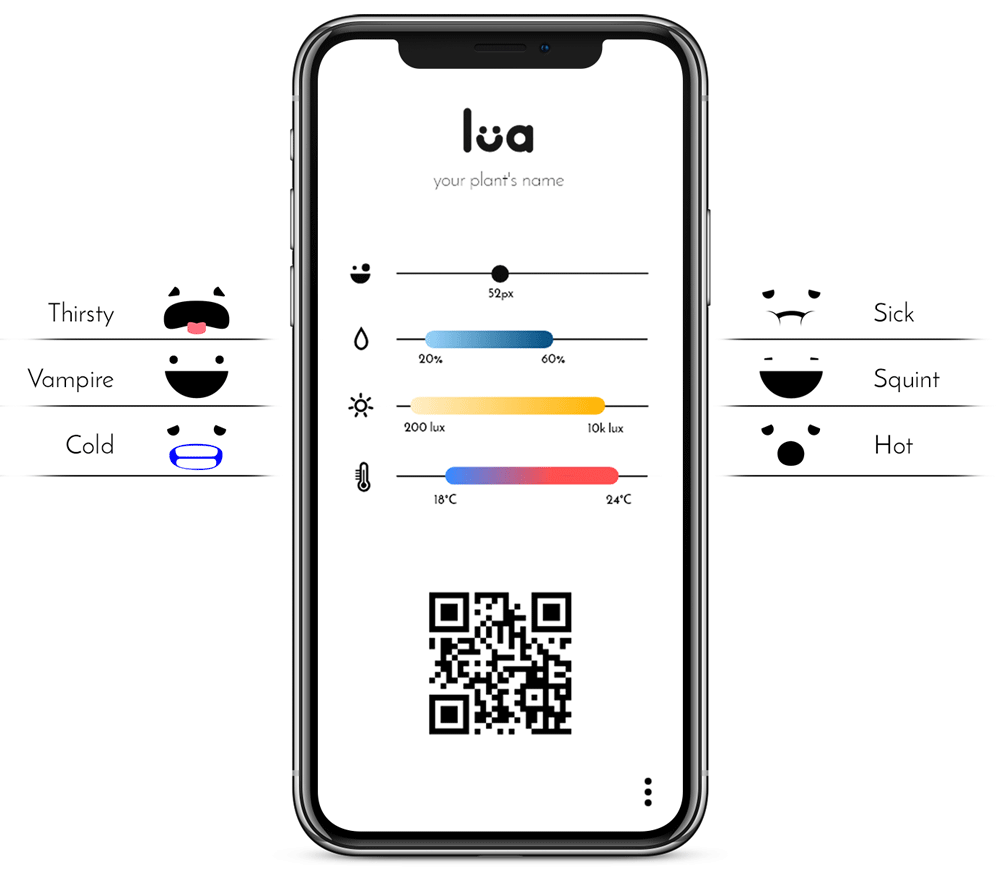
PIPP Downloads > installing-pipp-on-macos-with-winebottler
|
MacOS Crash Dumps The default location for minidumps generated by PA is now the logs directory in the Planetary Annihilation data directory. On macOS you can also use the console application to locate macOS generated crash reports.
Mac Os Download

Planetary Planter Mac Os X
- Fixed crash when planetary processing a video with multiple completely black frames at the start. Fixed filename bug when writing RGB-split image files with quality value in filenames. Fixed 'Cannot open codec' bug when generating MPEG4 AVIs with large frames and high quality. Updated RAM buffer usage to ensure more memory is always available.
- Buzzwords Making the most of the social web, we are seeking your tips on making the most of real-time video calls. Where is the conversation? Are you using Duo, Facebook Messenger, Houseparty, Skype, Zoom, or Facetime, available on supported mobile devices that run on iOS and Macintosh computers that run Mac OS X 10.6.6.
- OS: Windows 7 / Windows 8.1 / Windows 10 / Mac OS X Processor: Intel Core 2 Duo 1.8 GHz or AMD Athlon X2 64 2.0 GHz Memory: 2GB RAM Graphics: 256 MB ATI HD2600 XT or better, 256 MB nVidia 7900 GS or better, or Core i3 or better integrated graphics Hard Drive: 300 MB Free.
- Mac OS 8 is an operating system that was released by Apple Computer on July 26, 1997. It represented the largest overhaul of the Mac OS since the release of System 7, some six years previously.It puts more emphasis on color than previous operating systems. Released over a series of updates, Mac OS 8 was an effort to integrate many of the technologies developed for Apple's overly-ambitious.